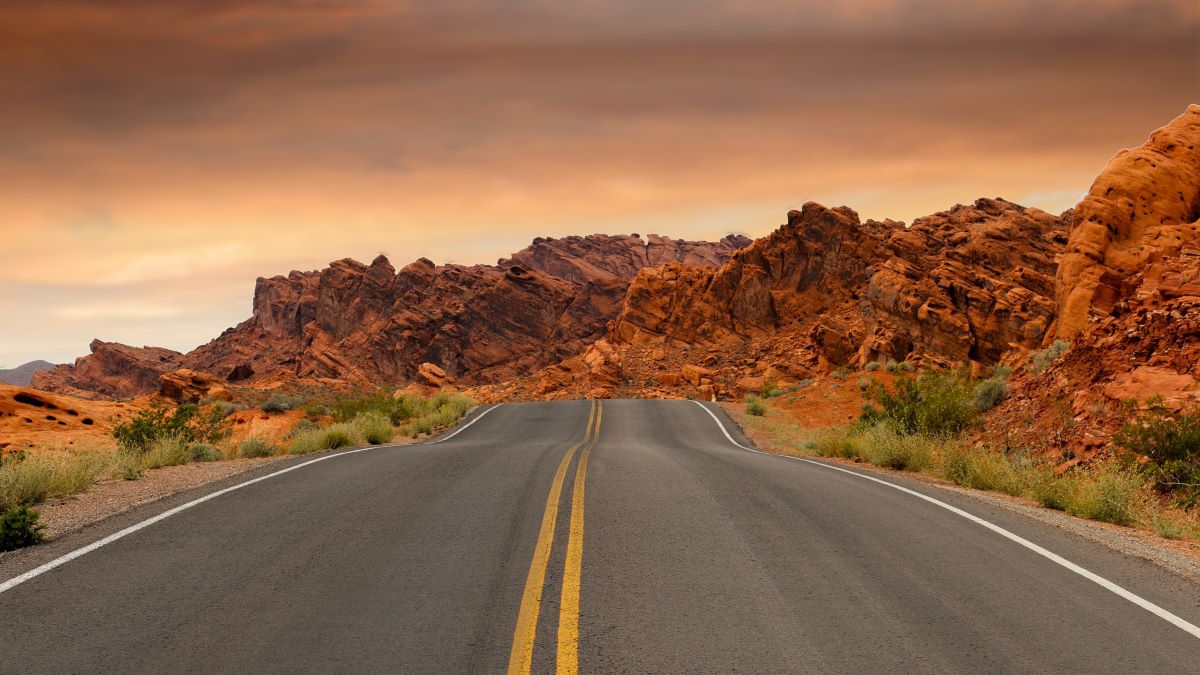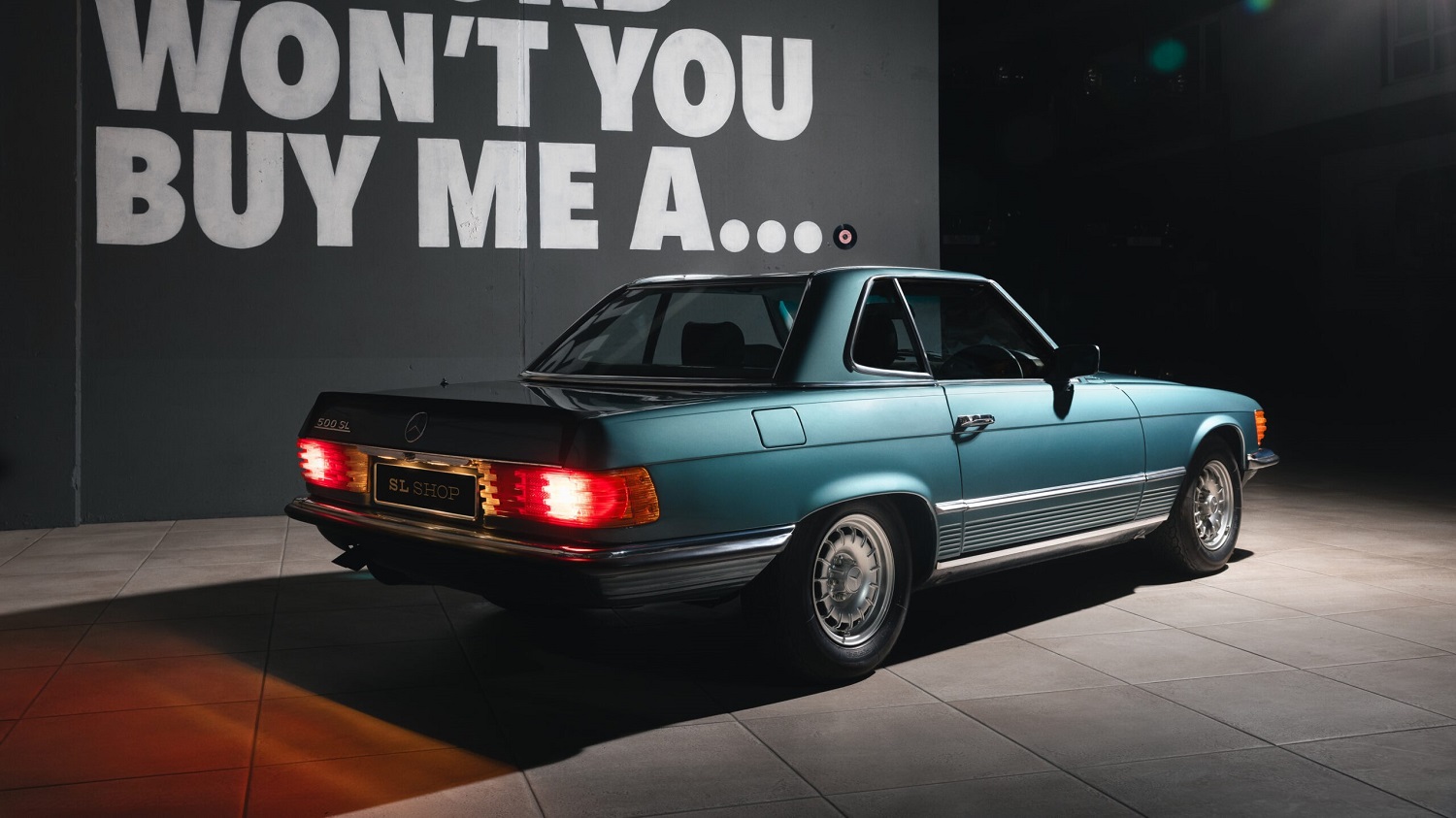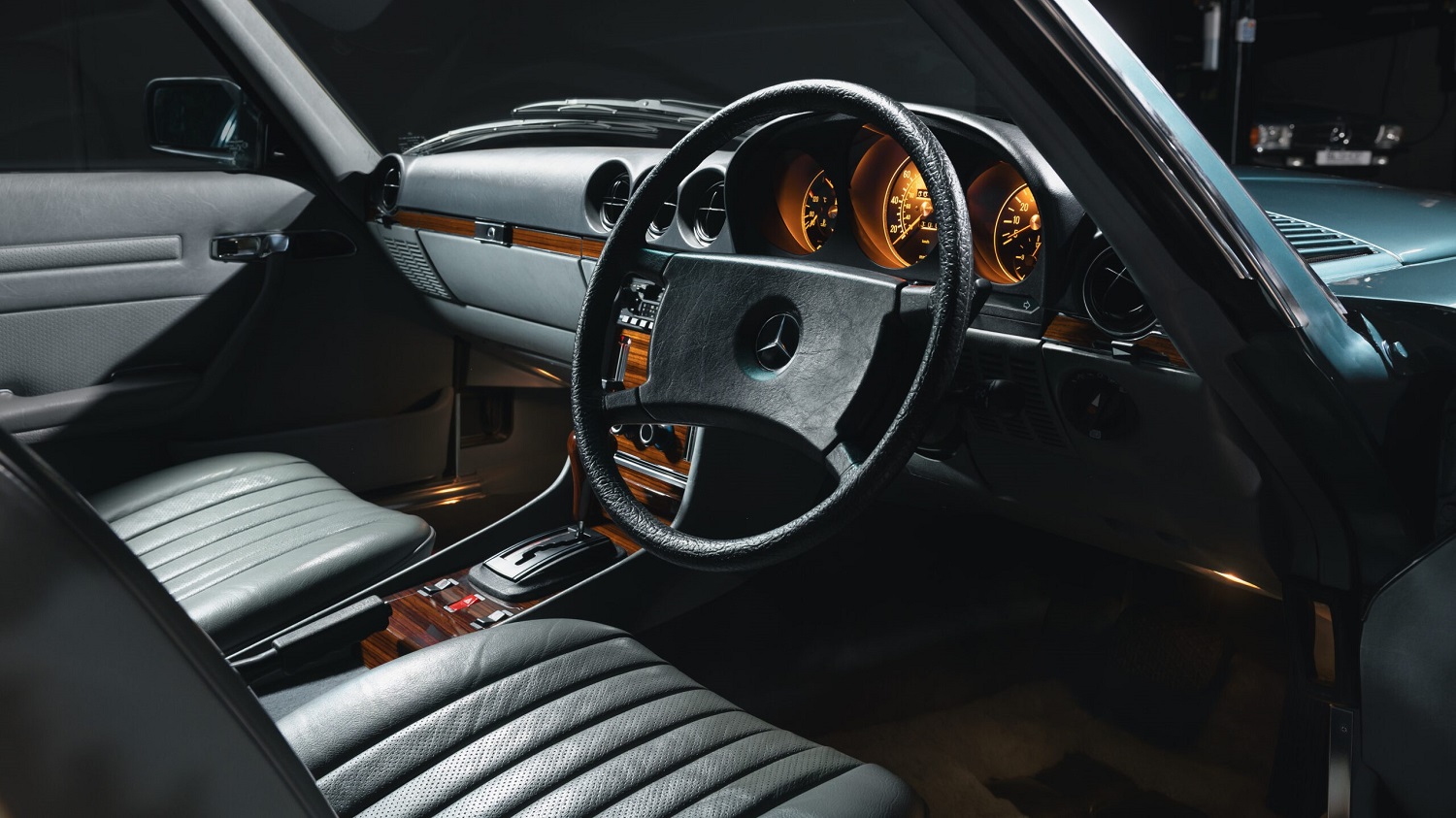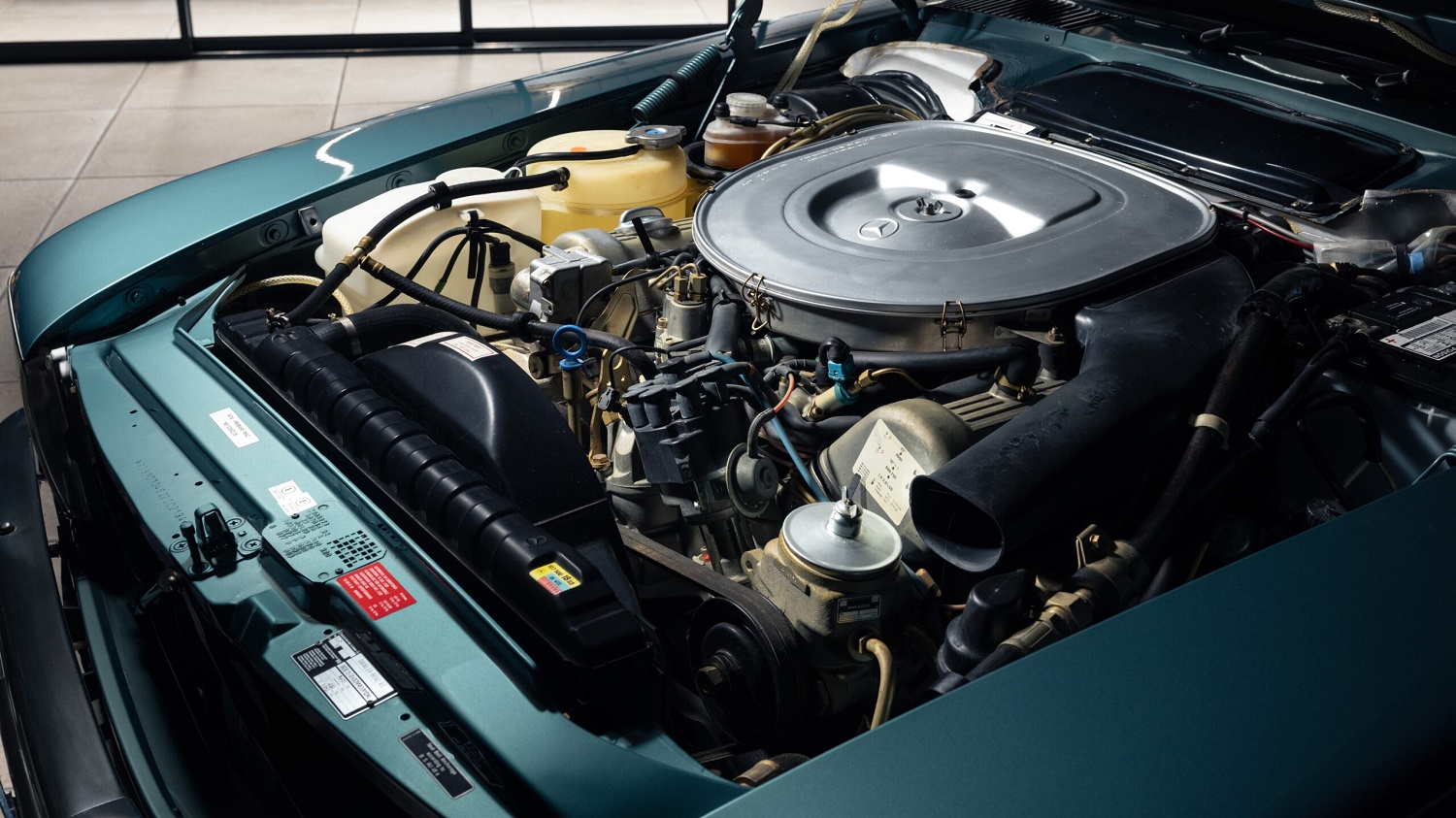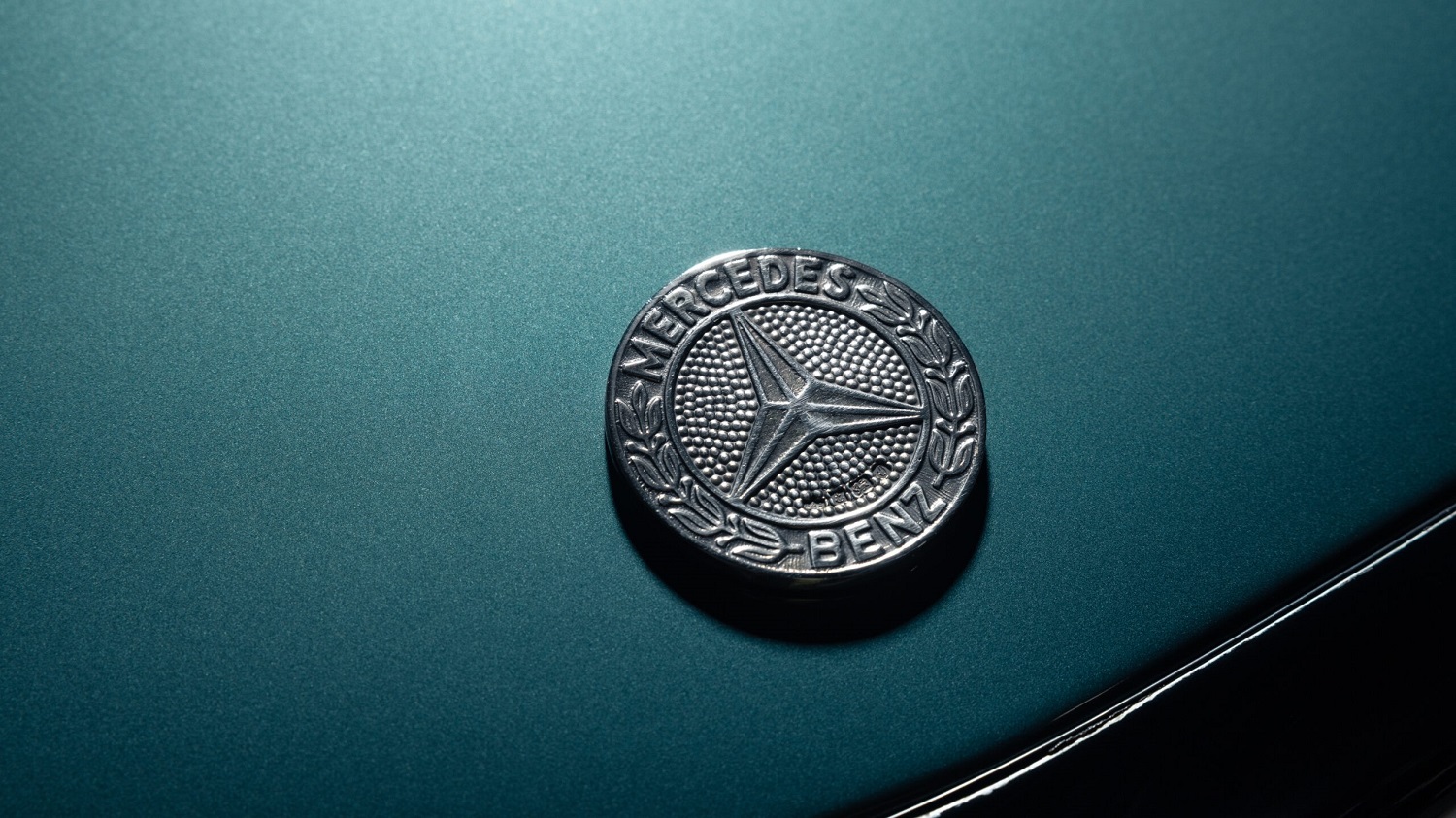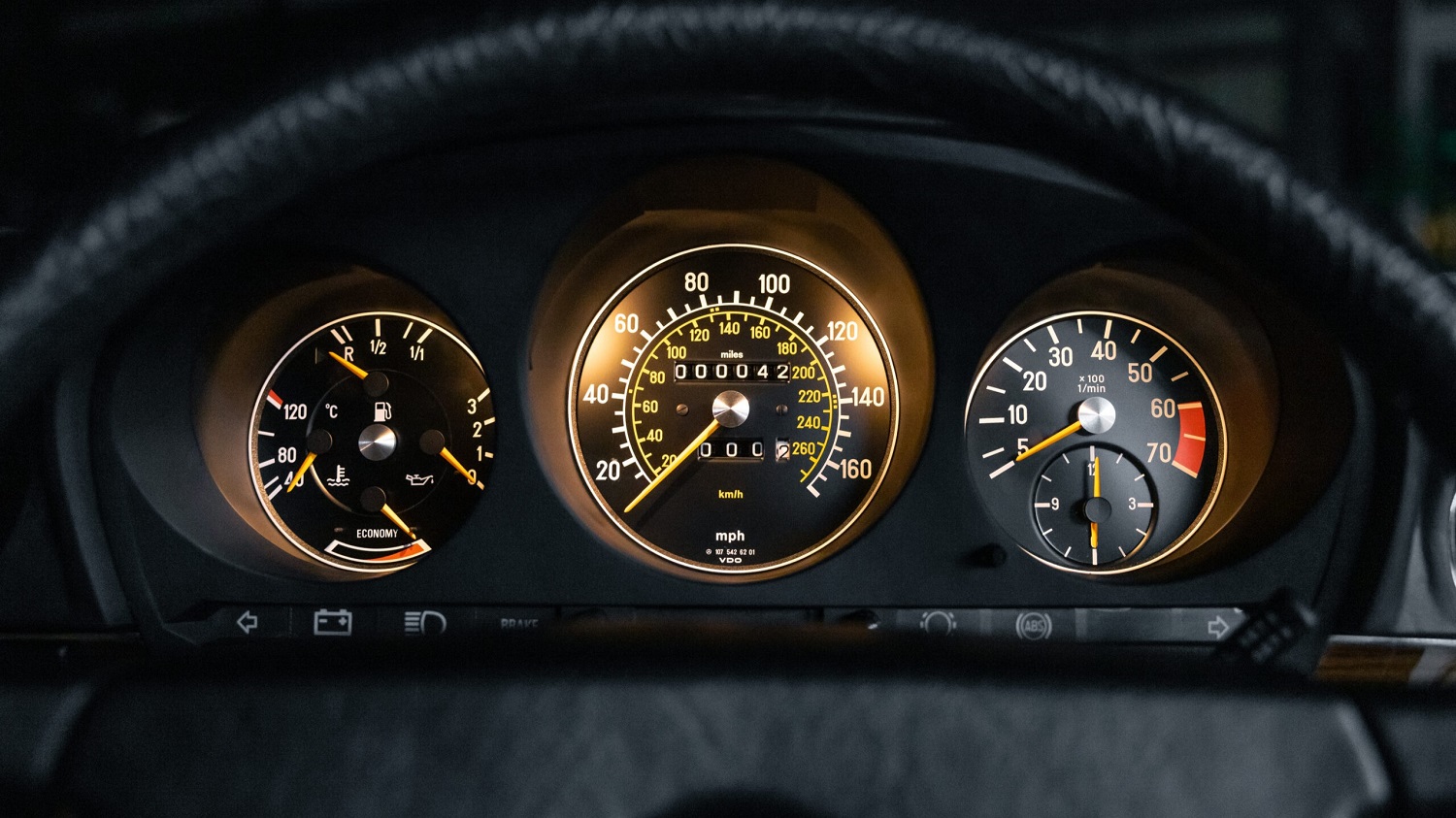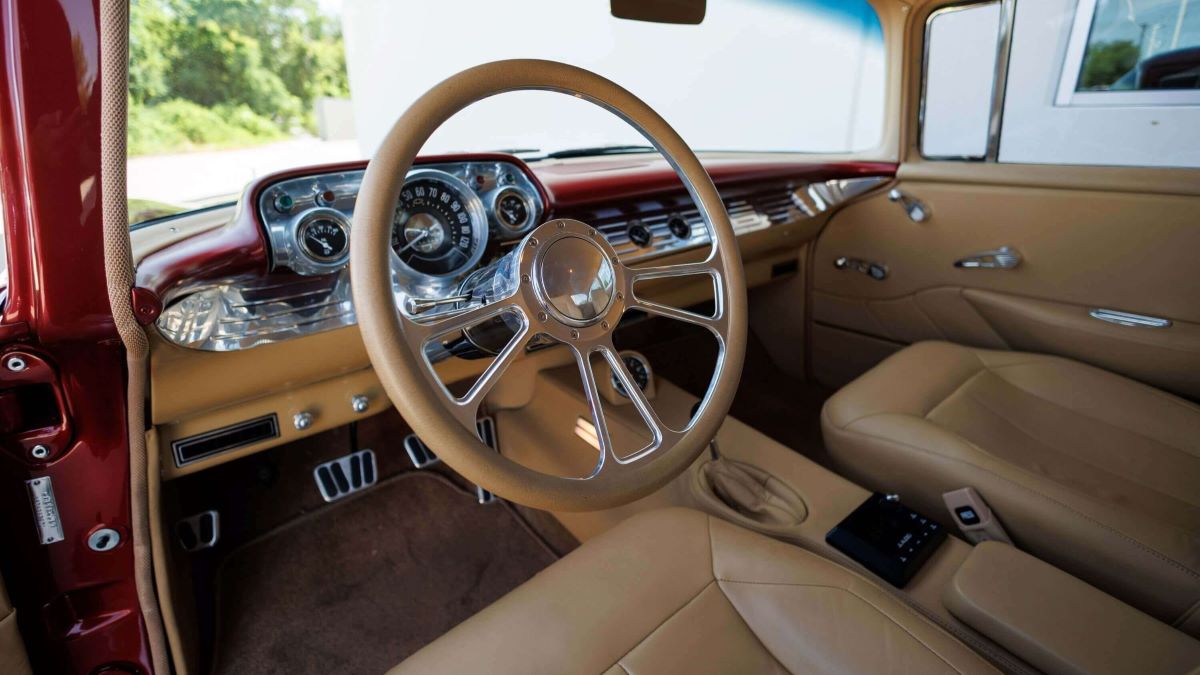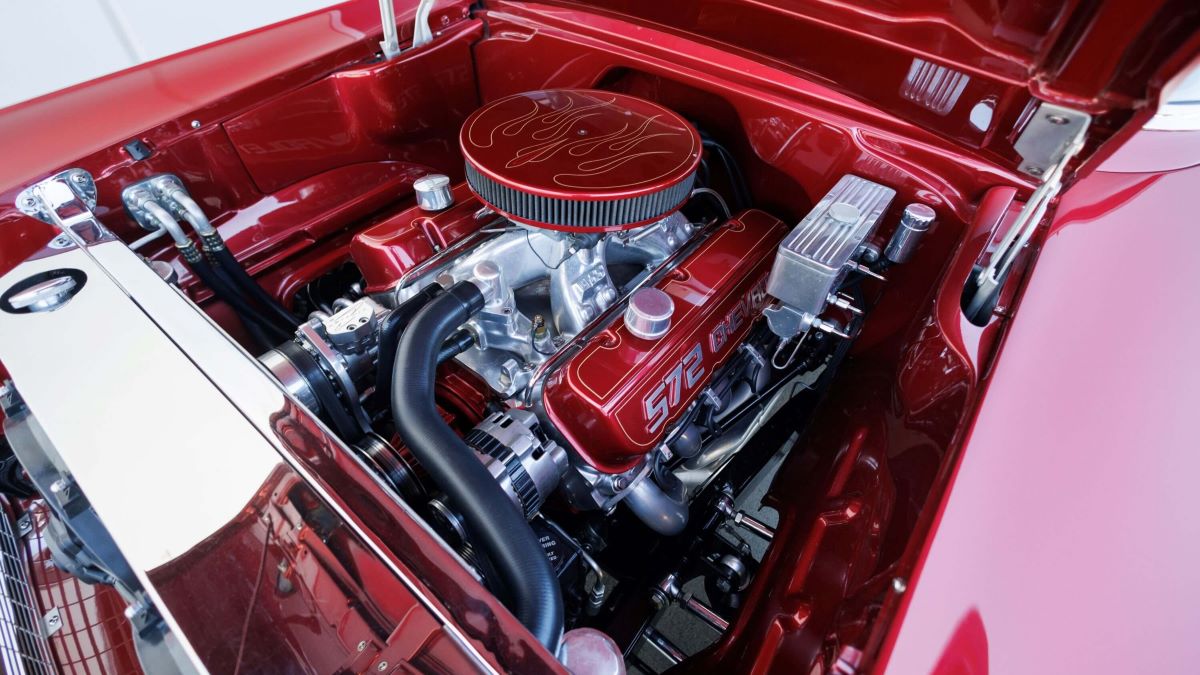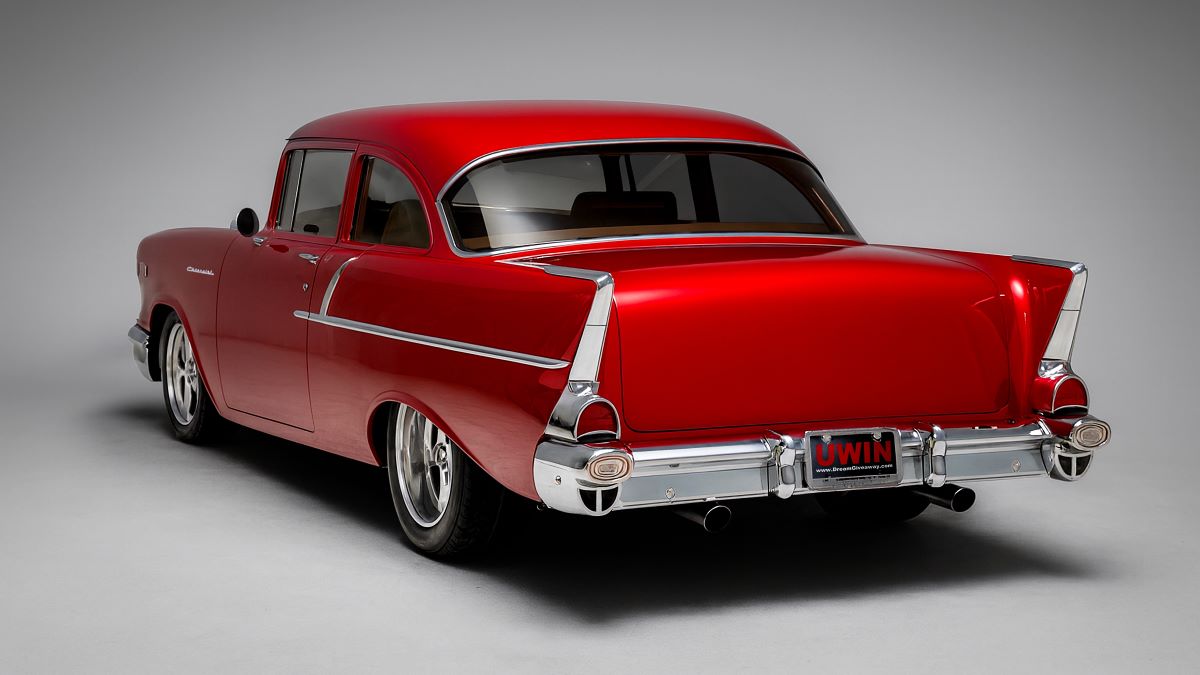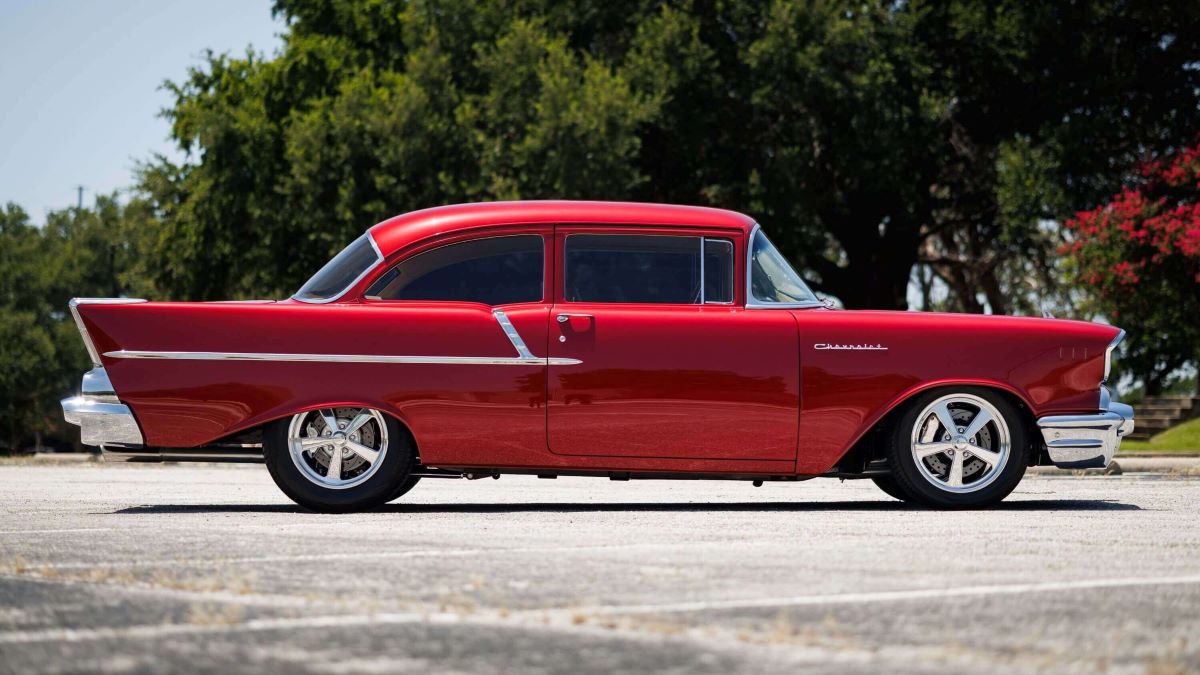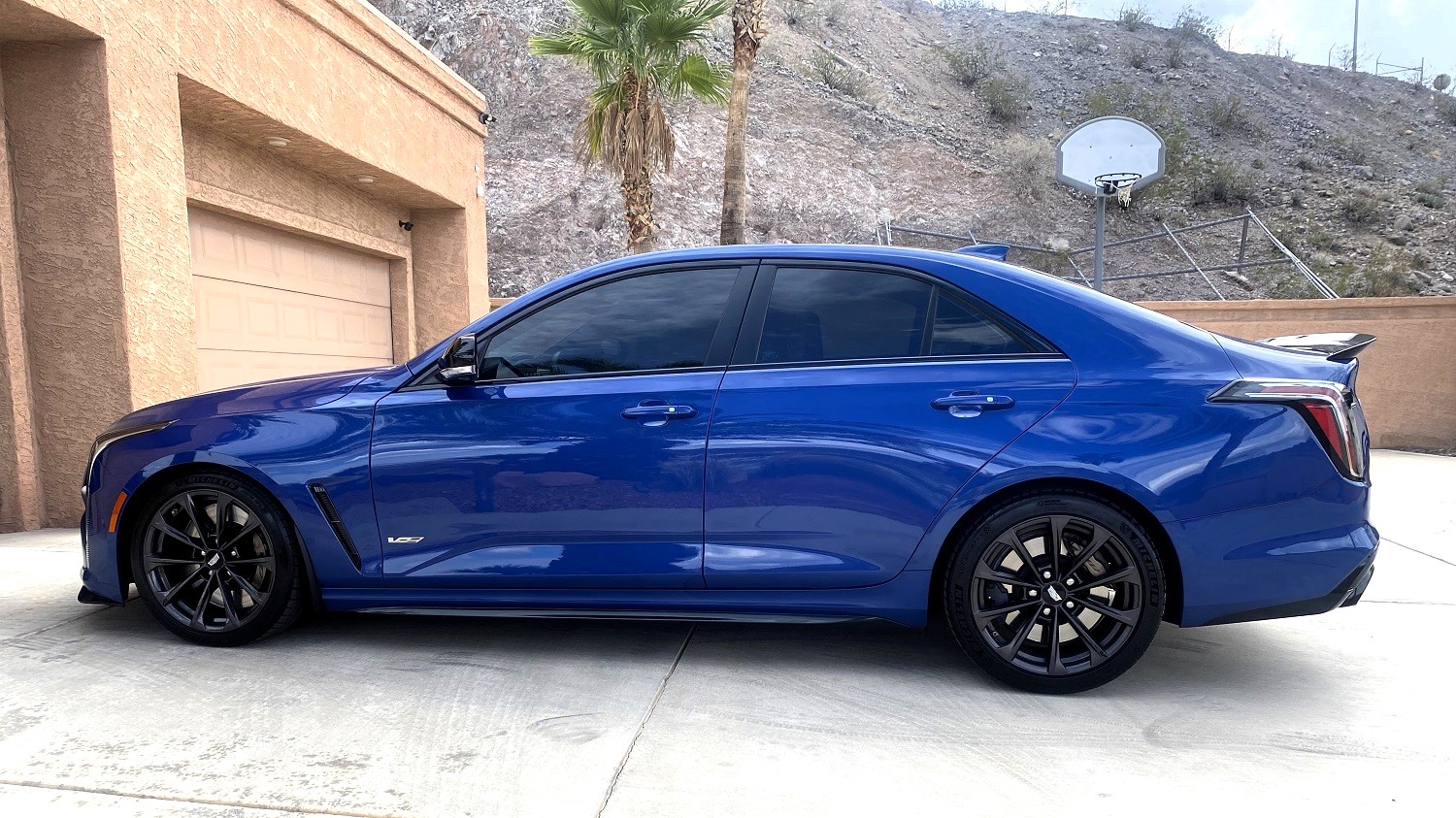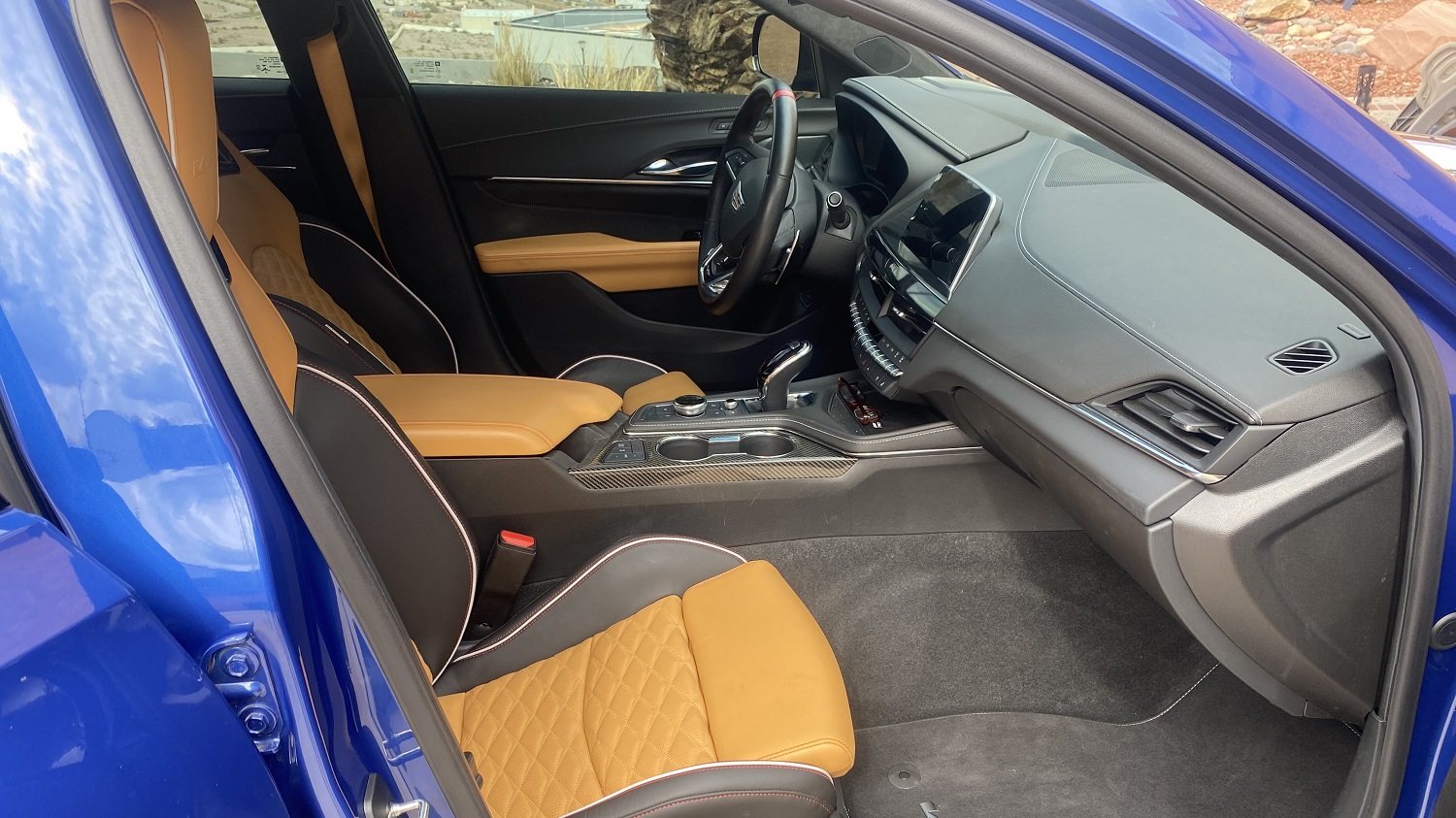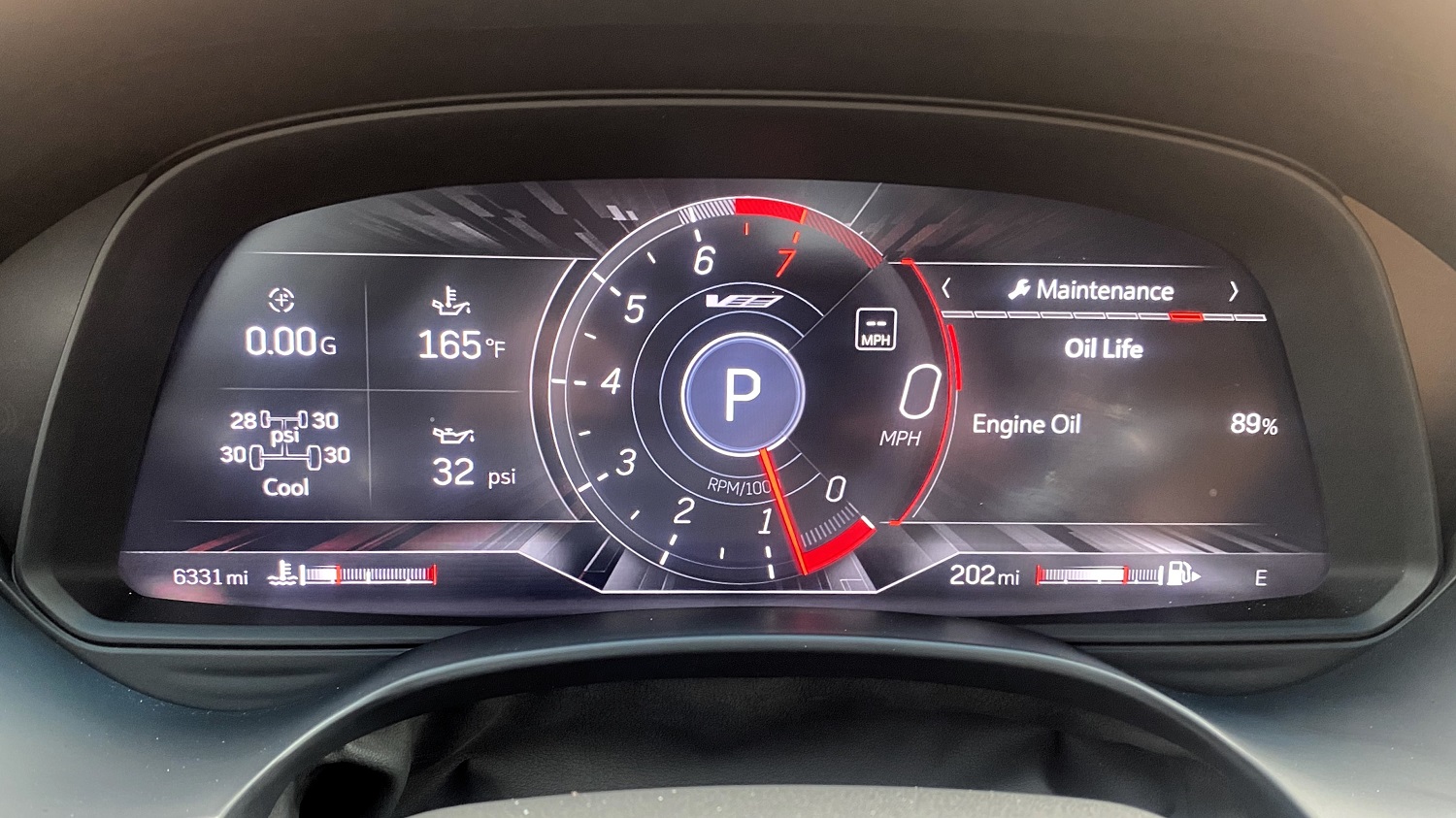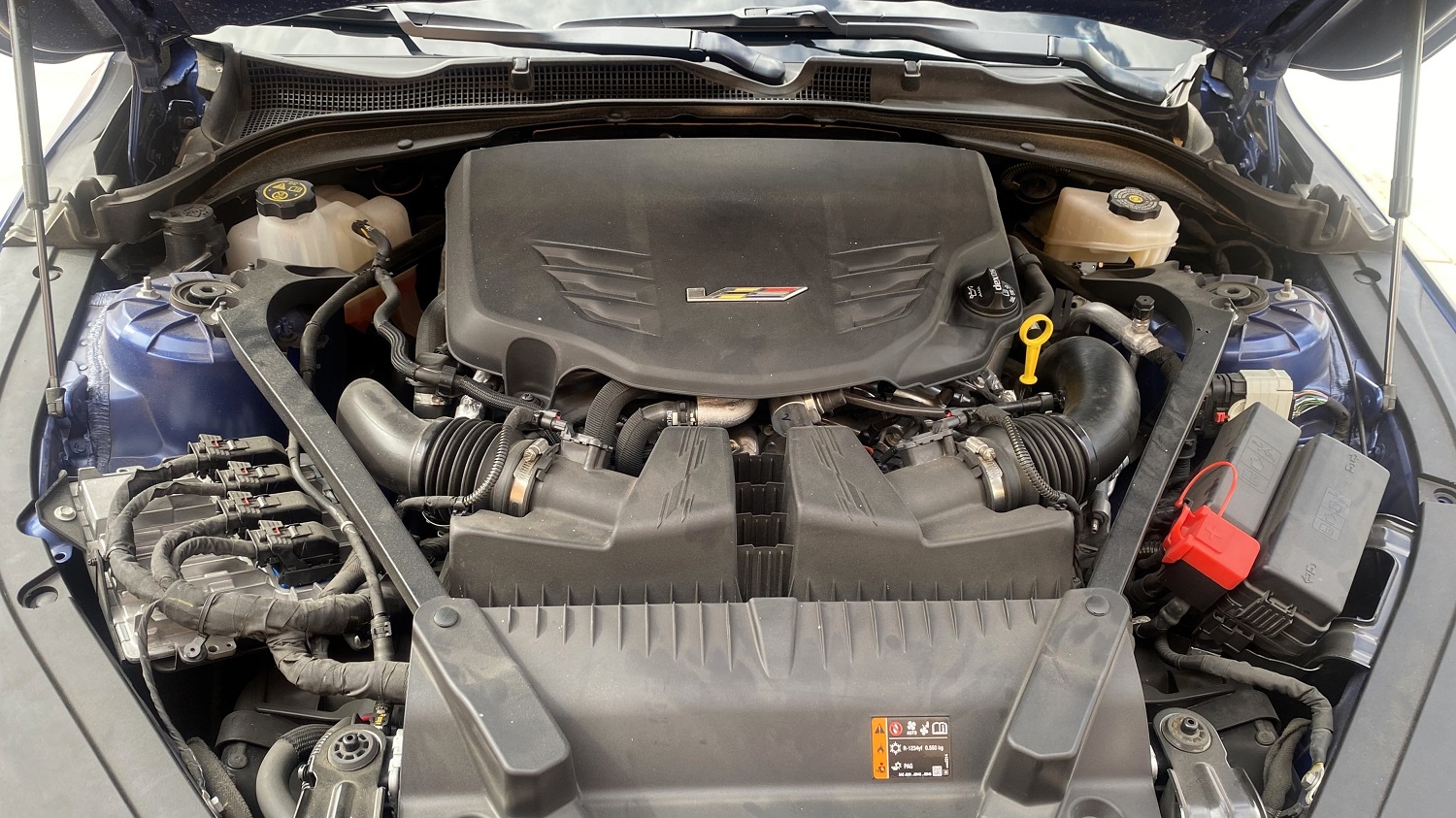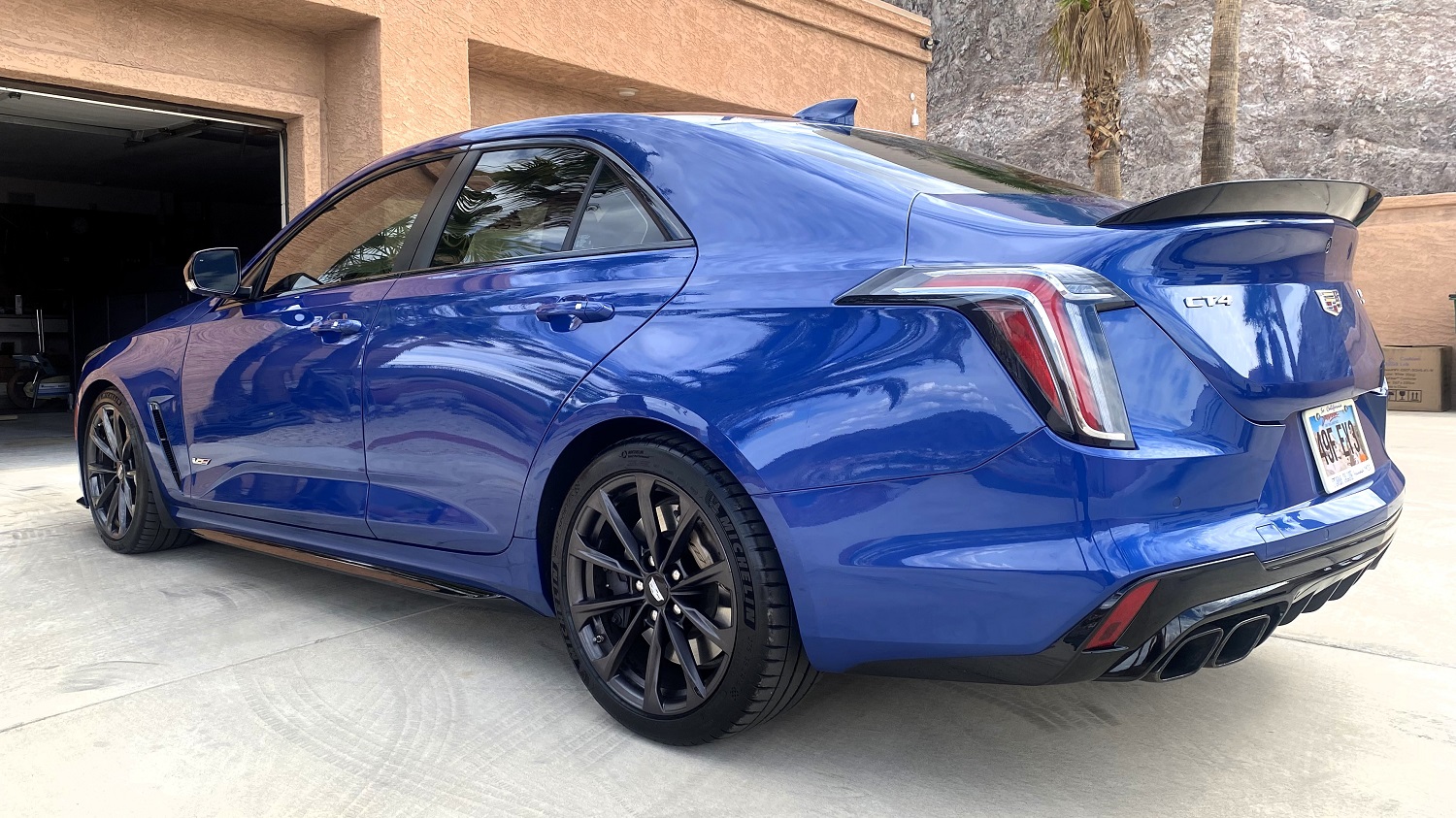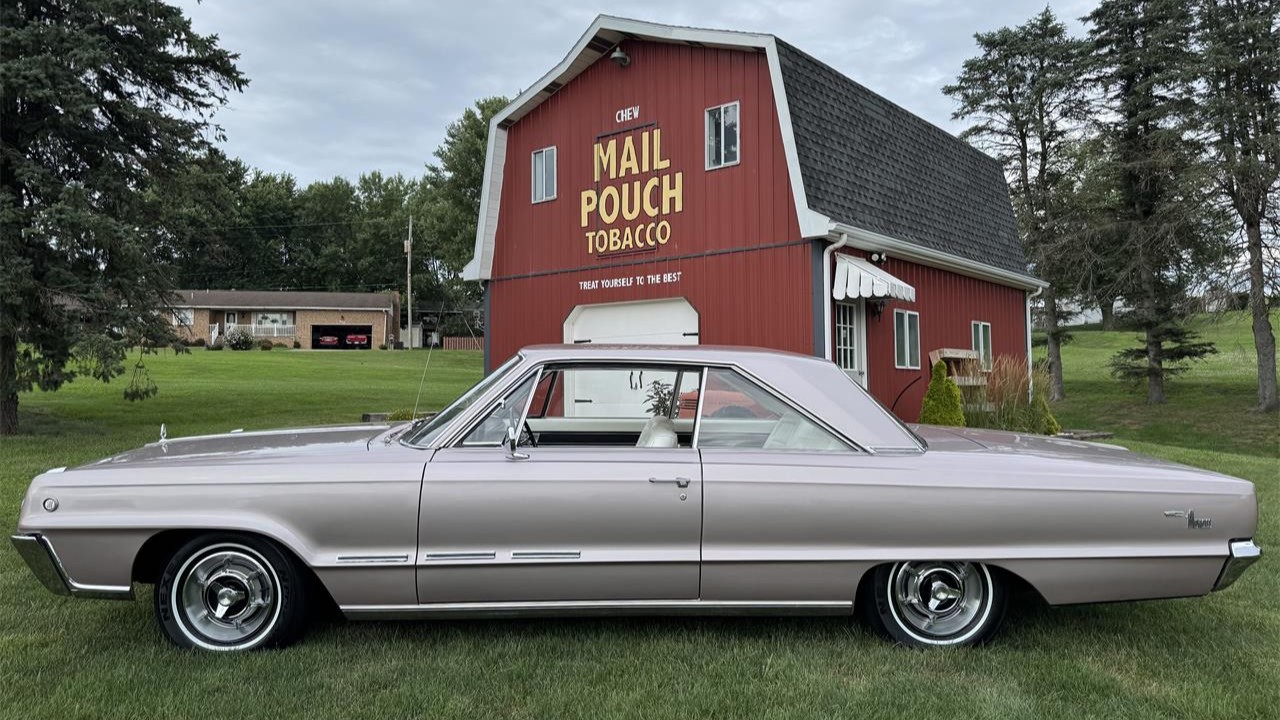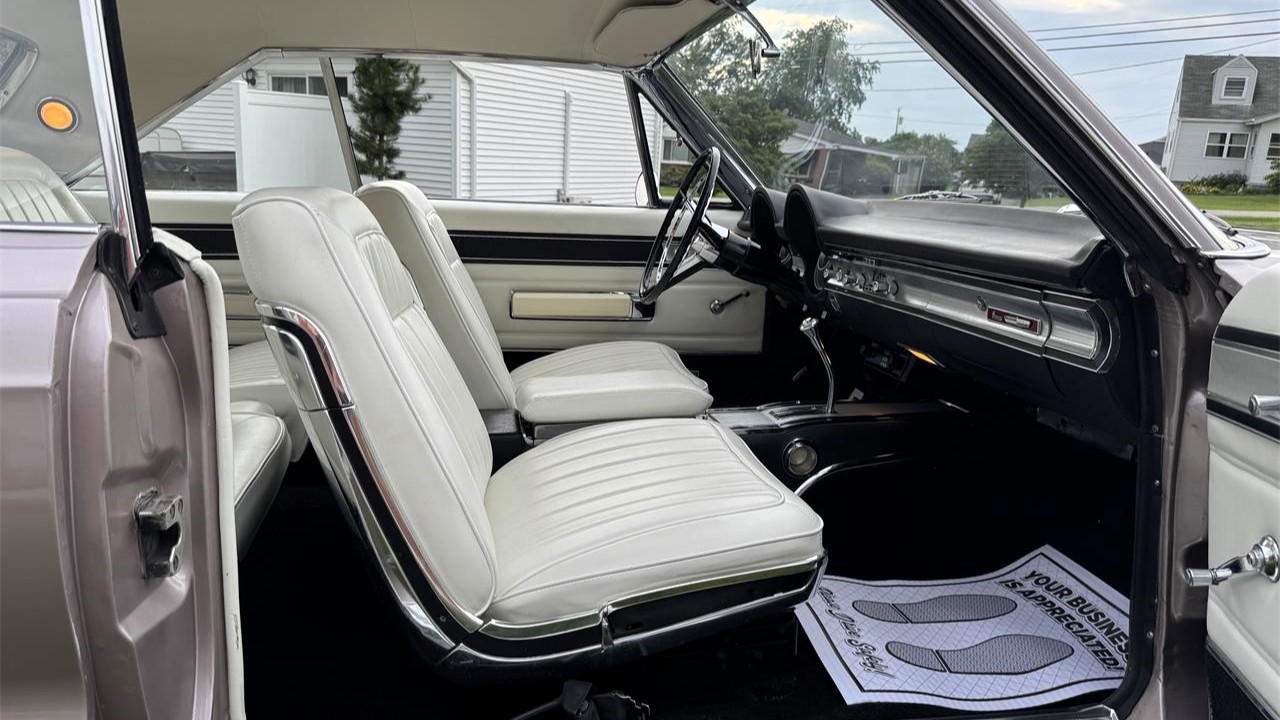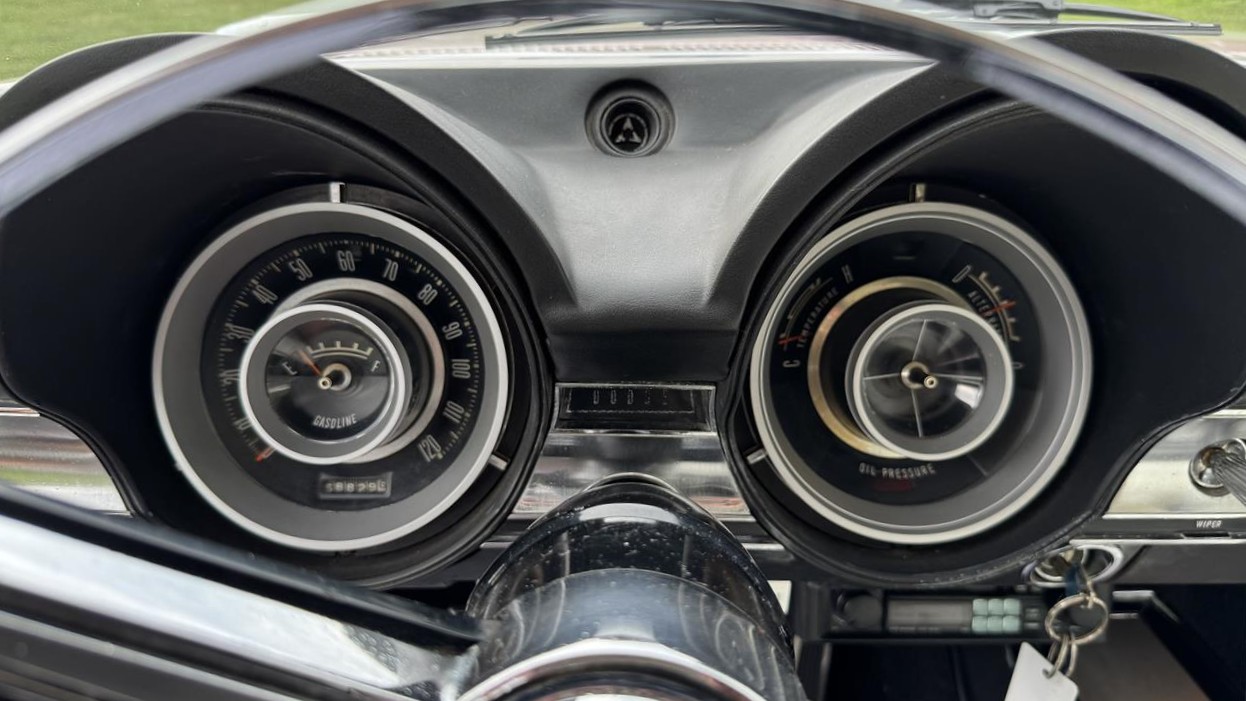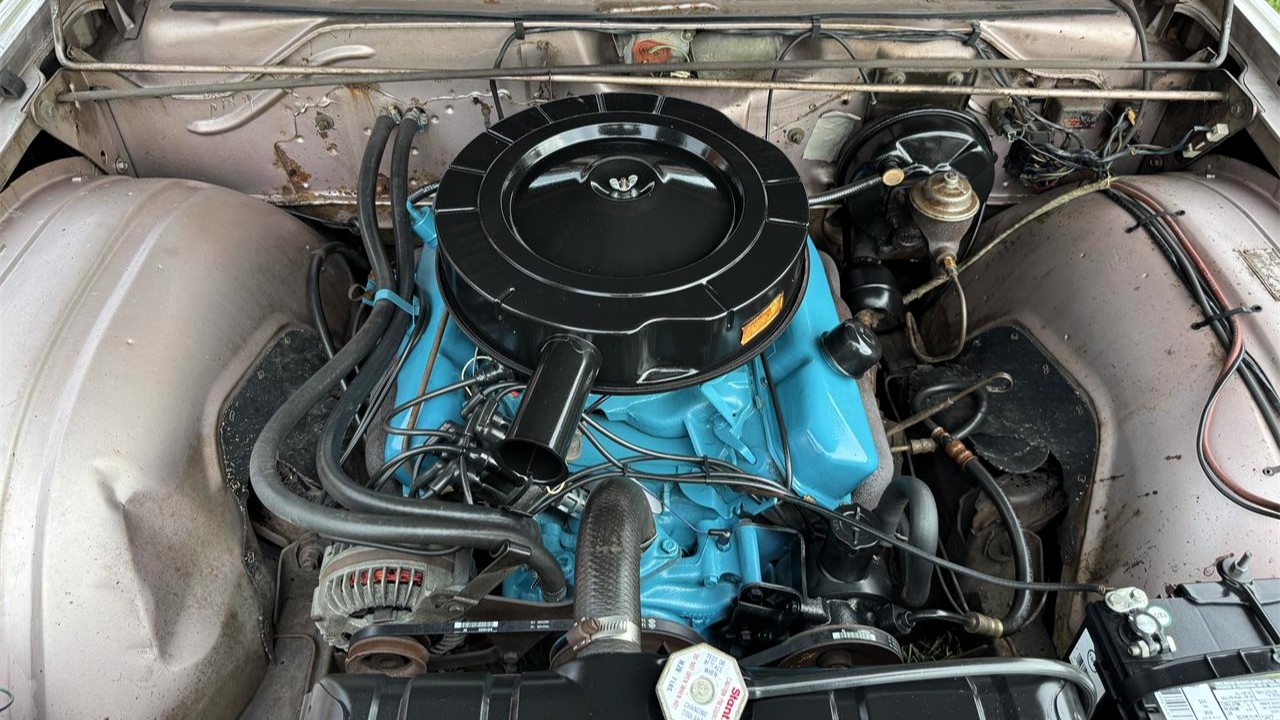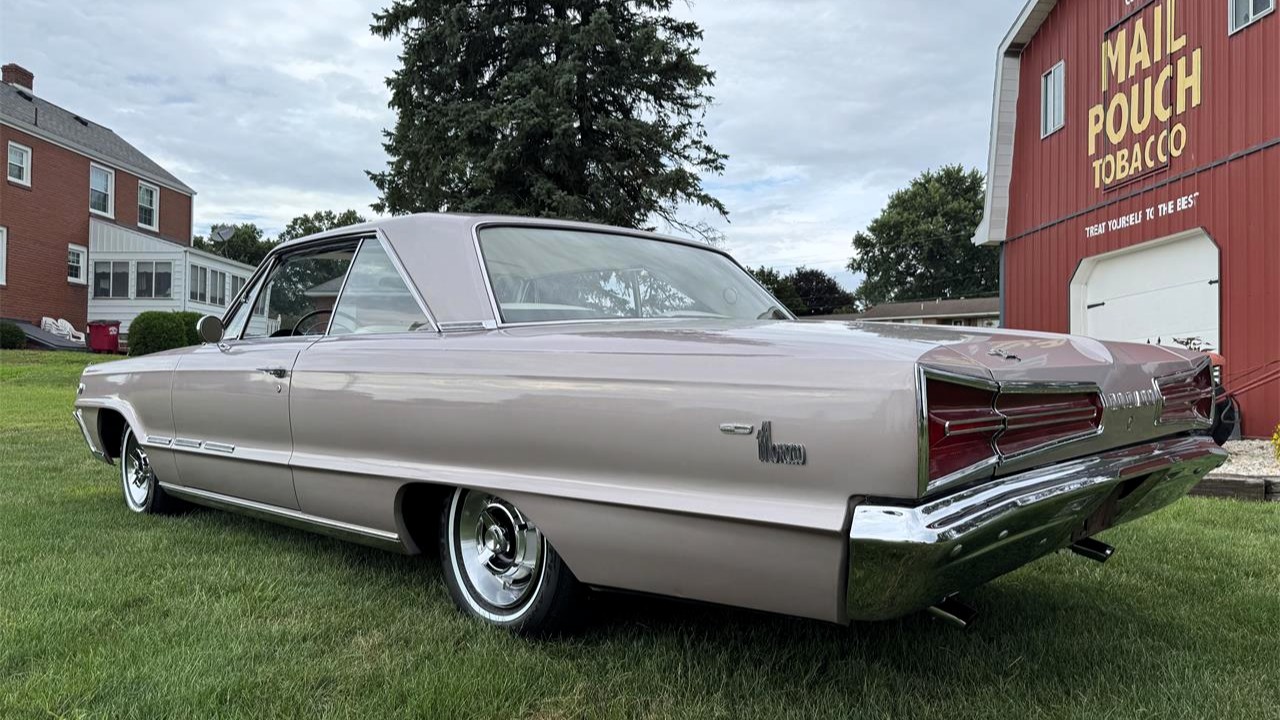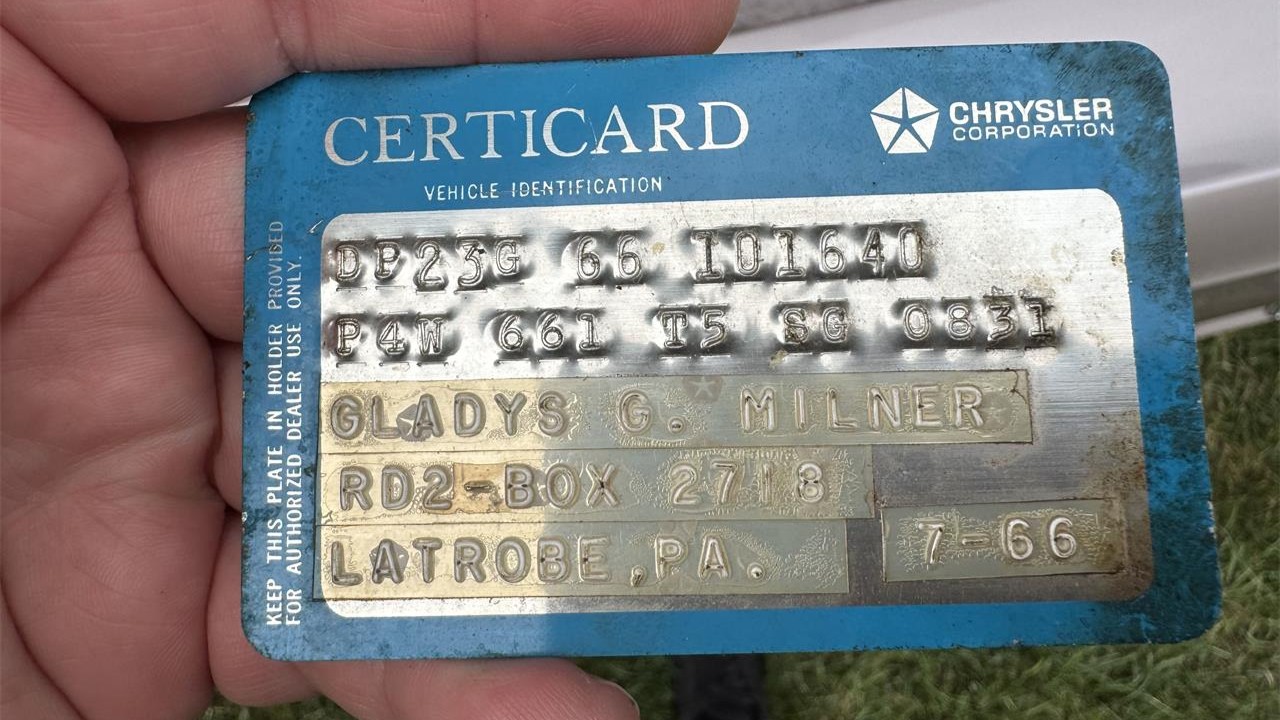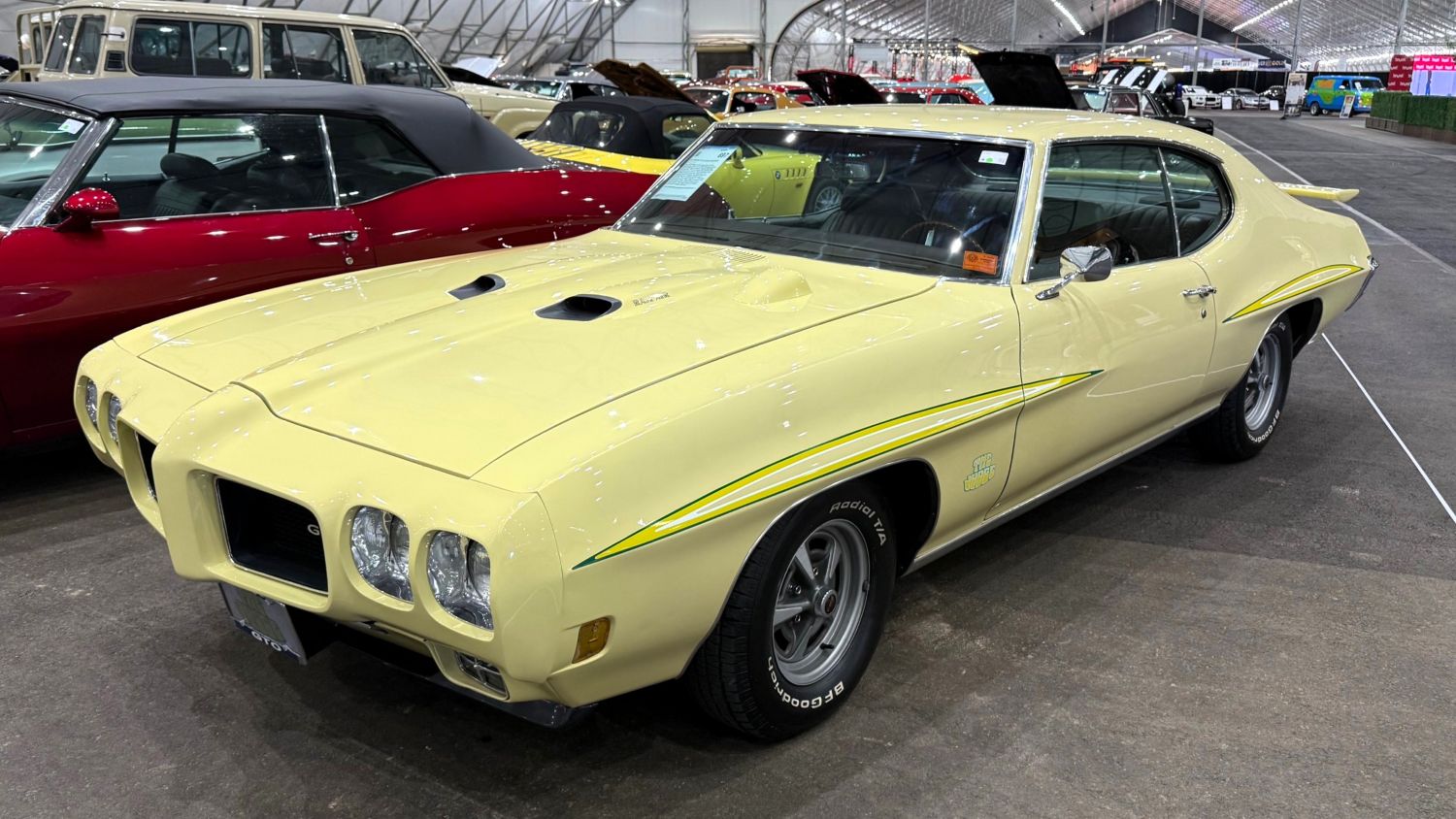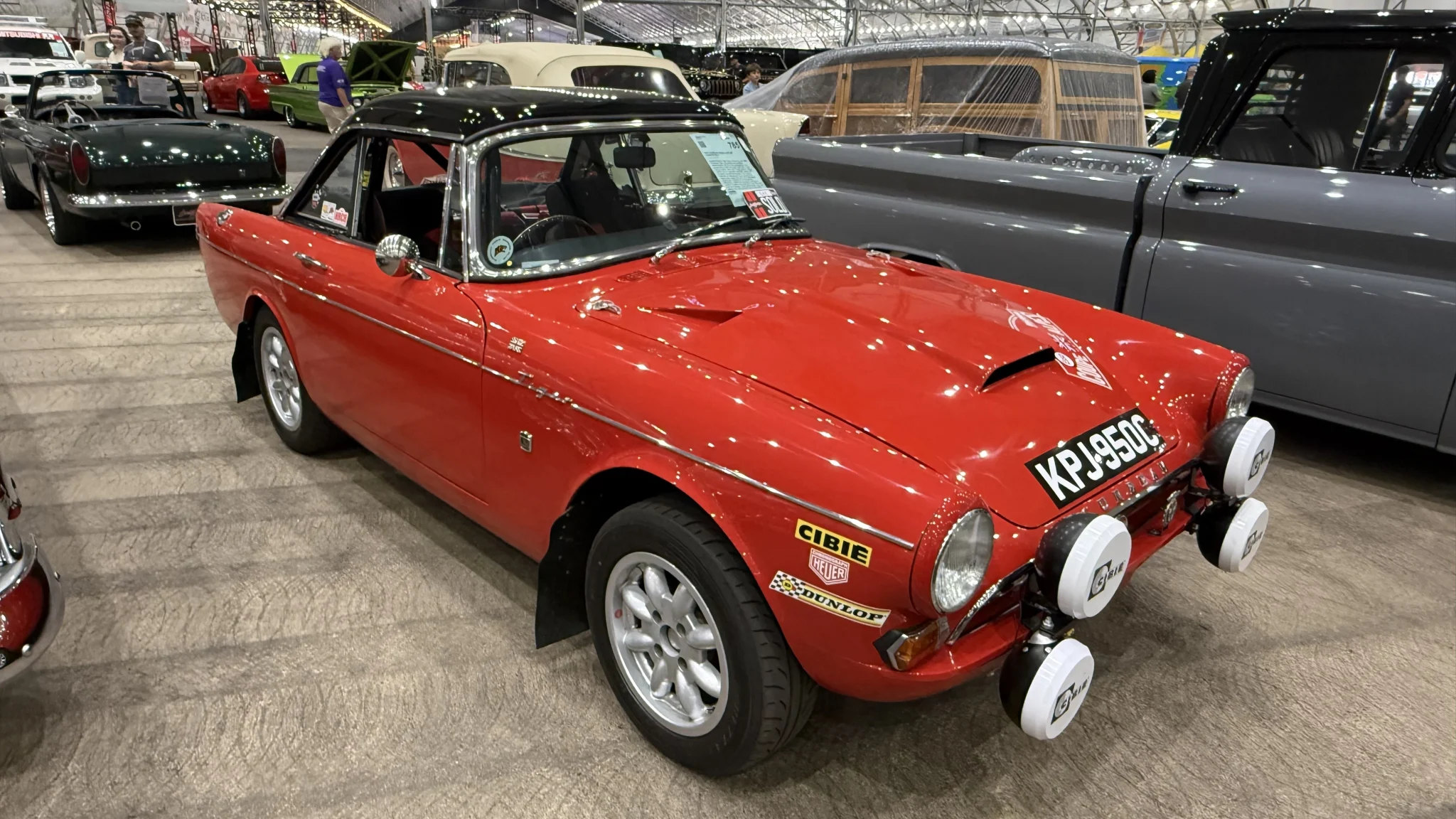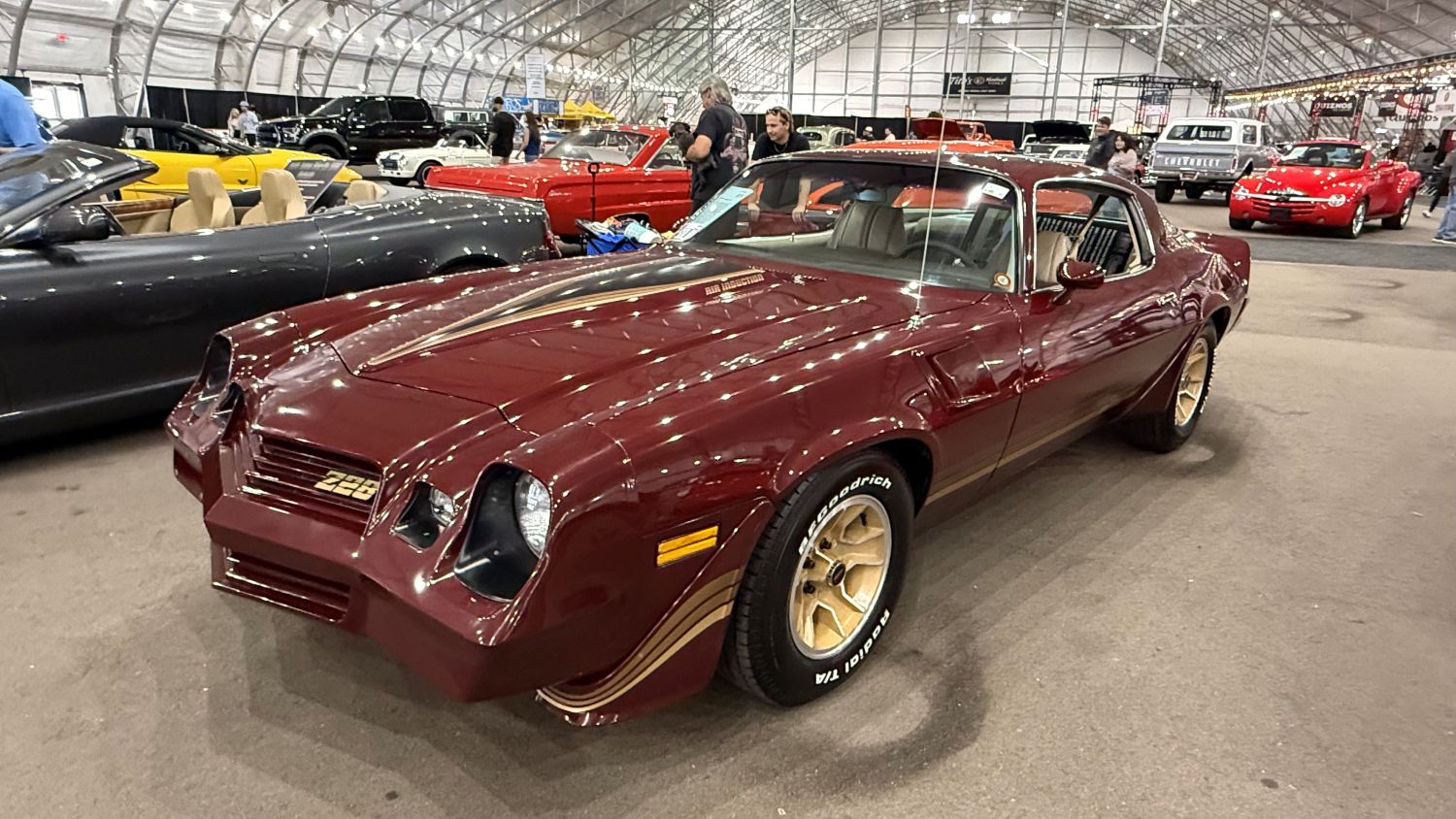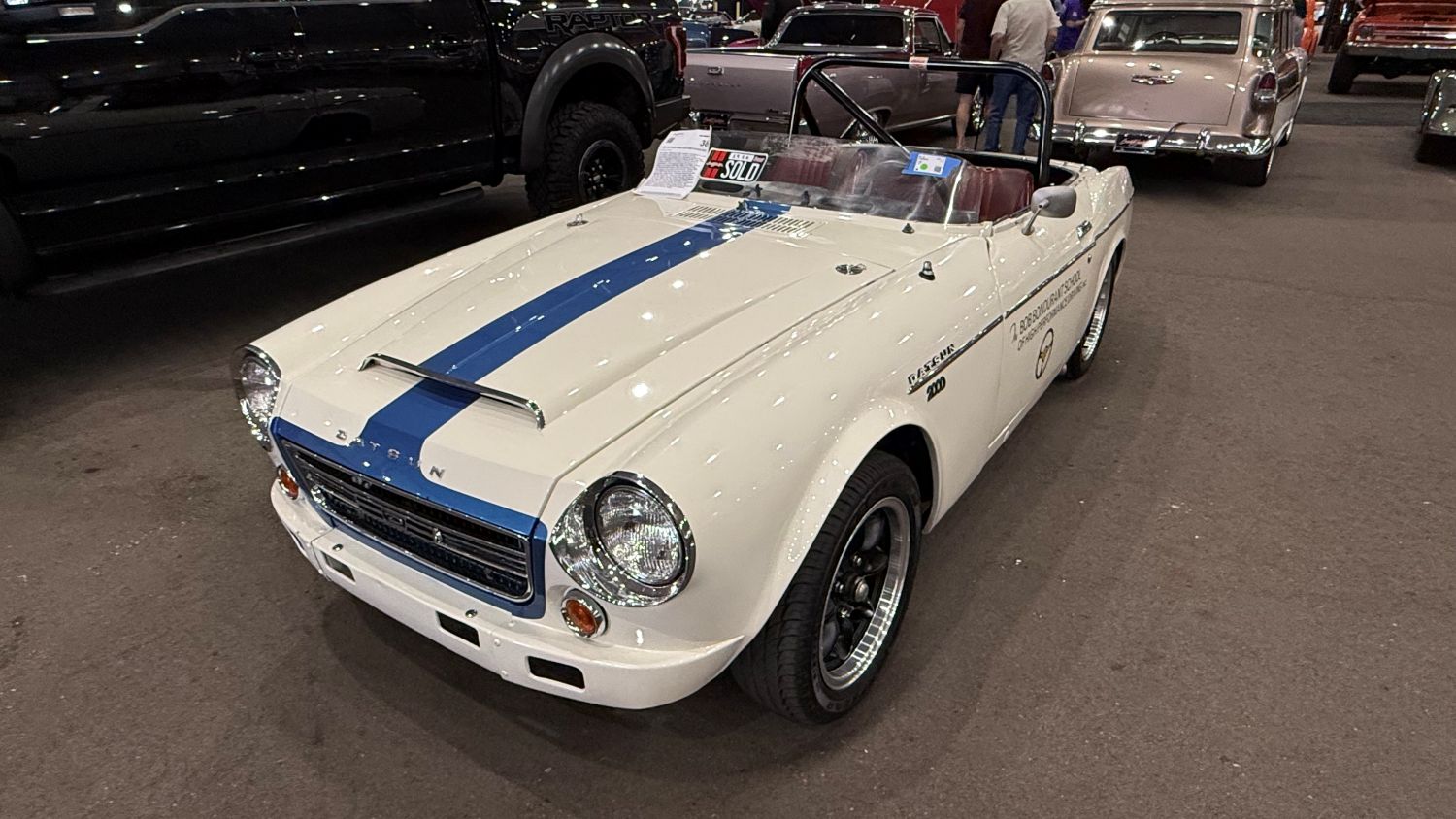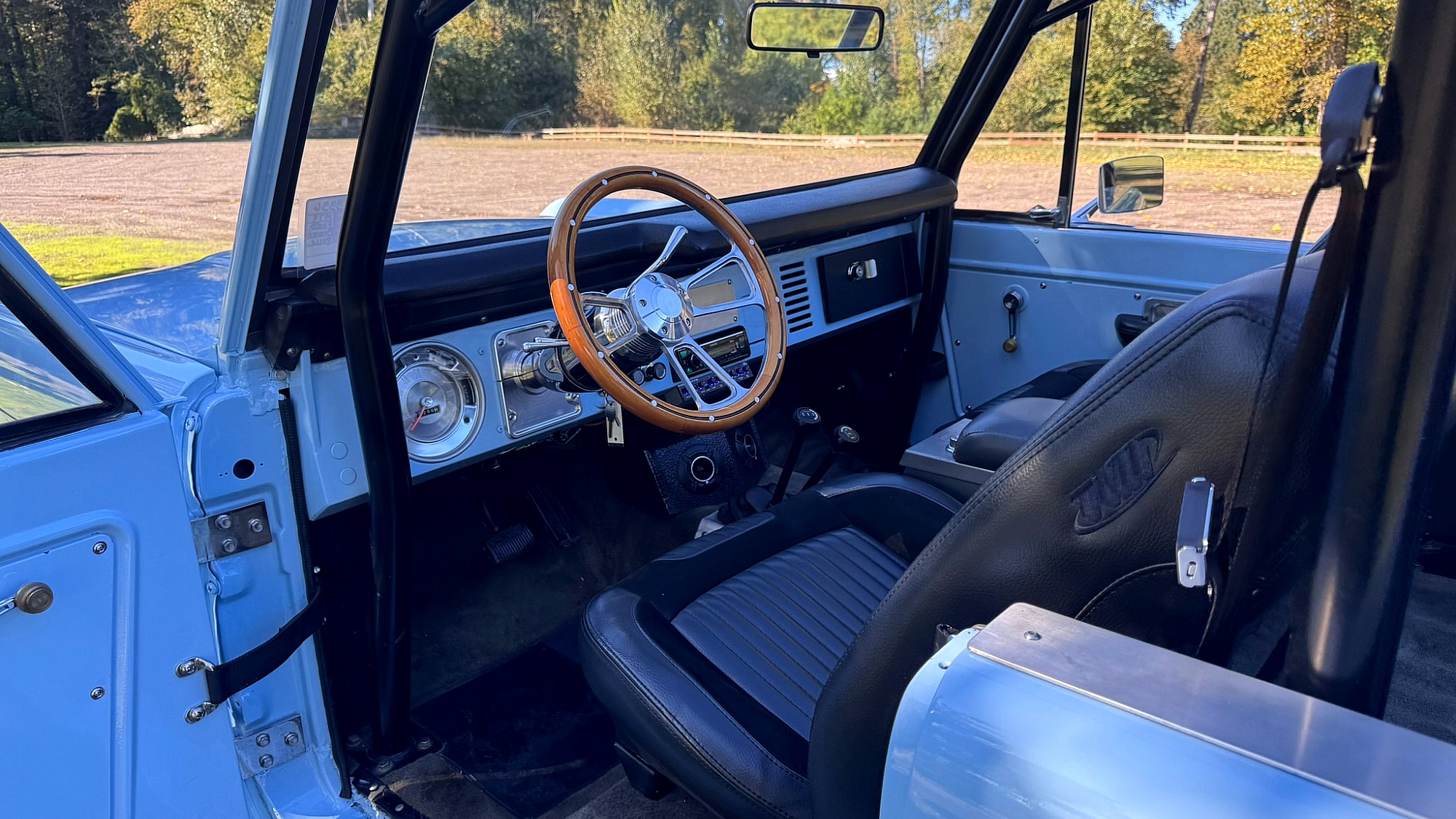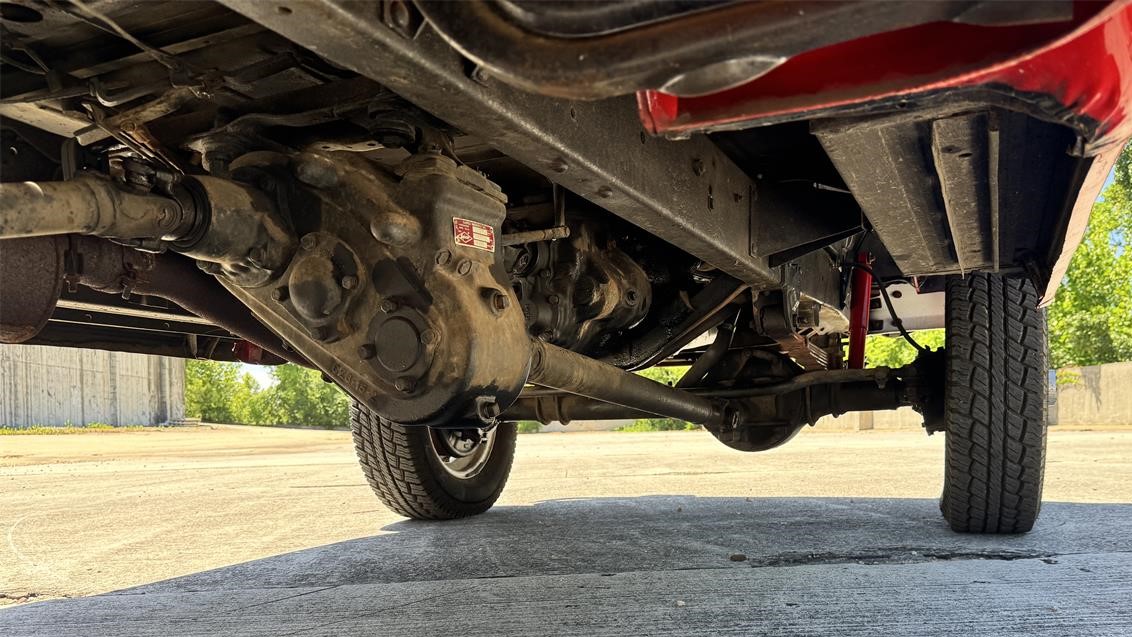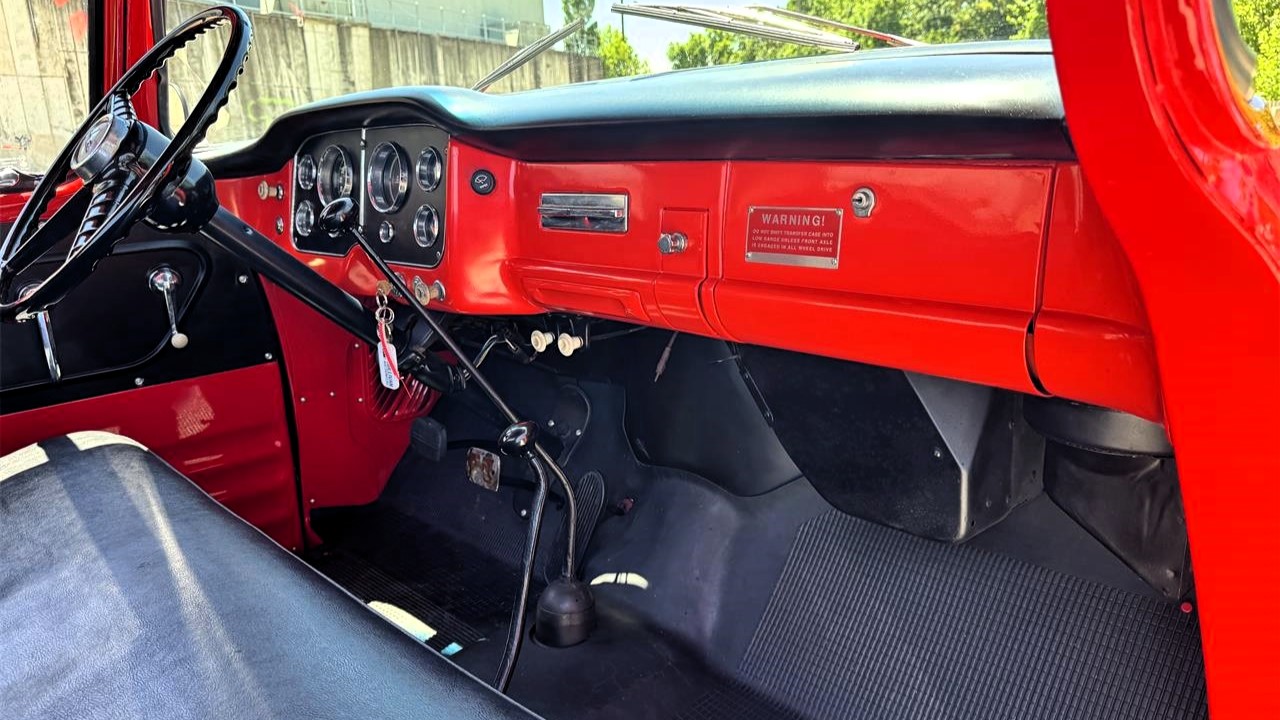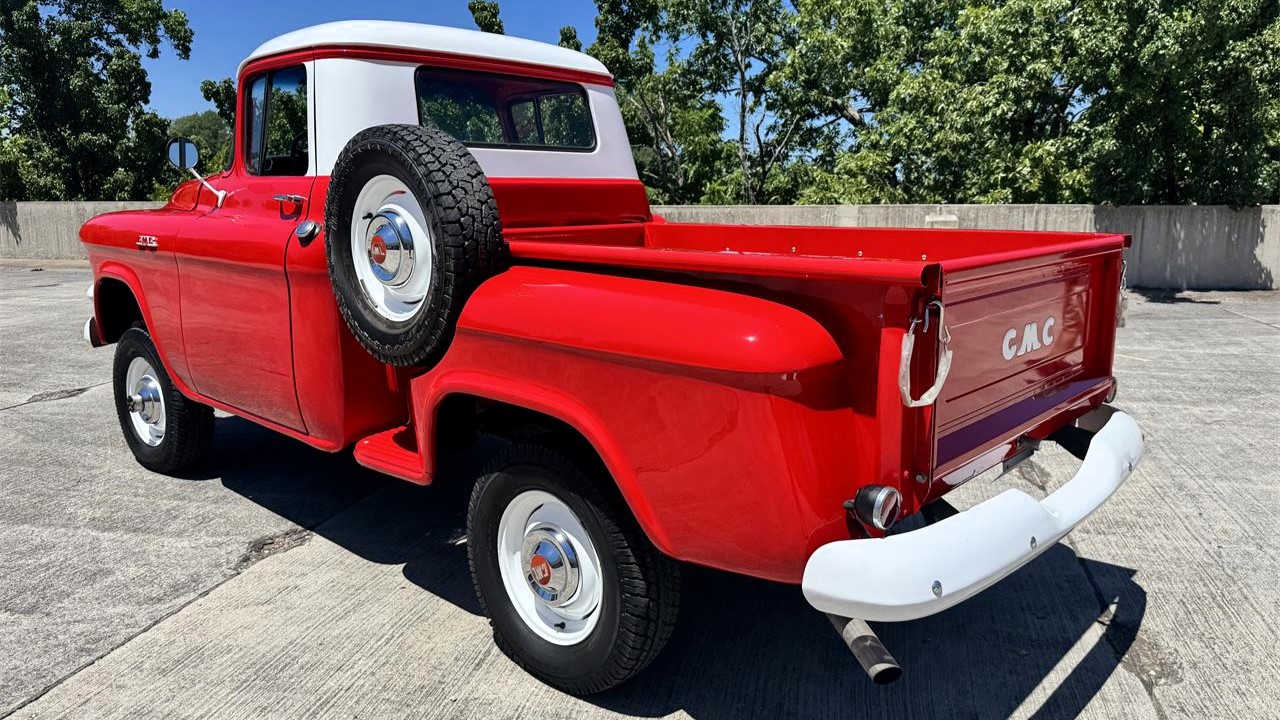Over the past several years, there have been two major trends in the SUV market. One is the increased popularity of models that are ready to splash through and climb over the great outdoors (or at least look as if they are). The other is the broader availability of three-row SUVs, a range which includes the 2025 Toyota Grand Highlander Hybrid Nightshade.
Customer demand for three rows of seats led to the creation of the Cadillac XT6, Subaru Ascent, and the Lexus RXL. The latter model no longer exists, but the TX can be seen as its functional successor. Jeep applied the same treatment to its Grand Cherokee, which was previously always a two-row rig, to make the Grand Cherokee L. More than a decade after Jeep discontinued the unloved Commander, it (finally!) released an all-new Wagoneer and the more upscale Grand Wagoneer for the 2022 model year.
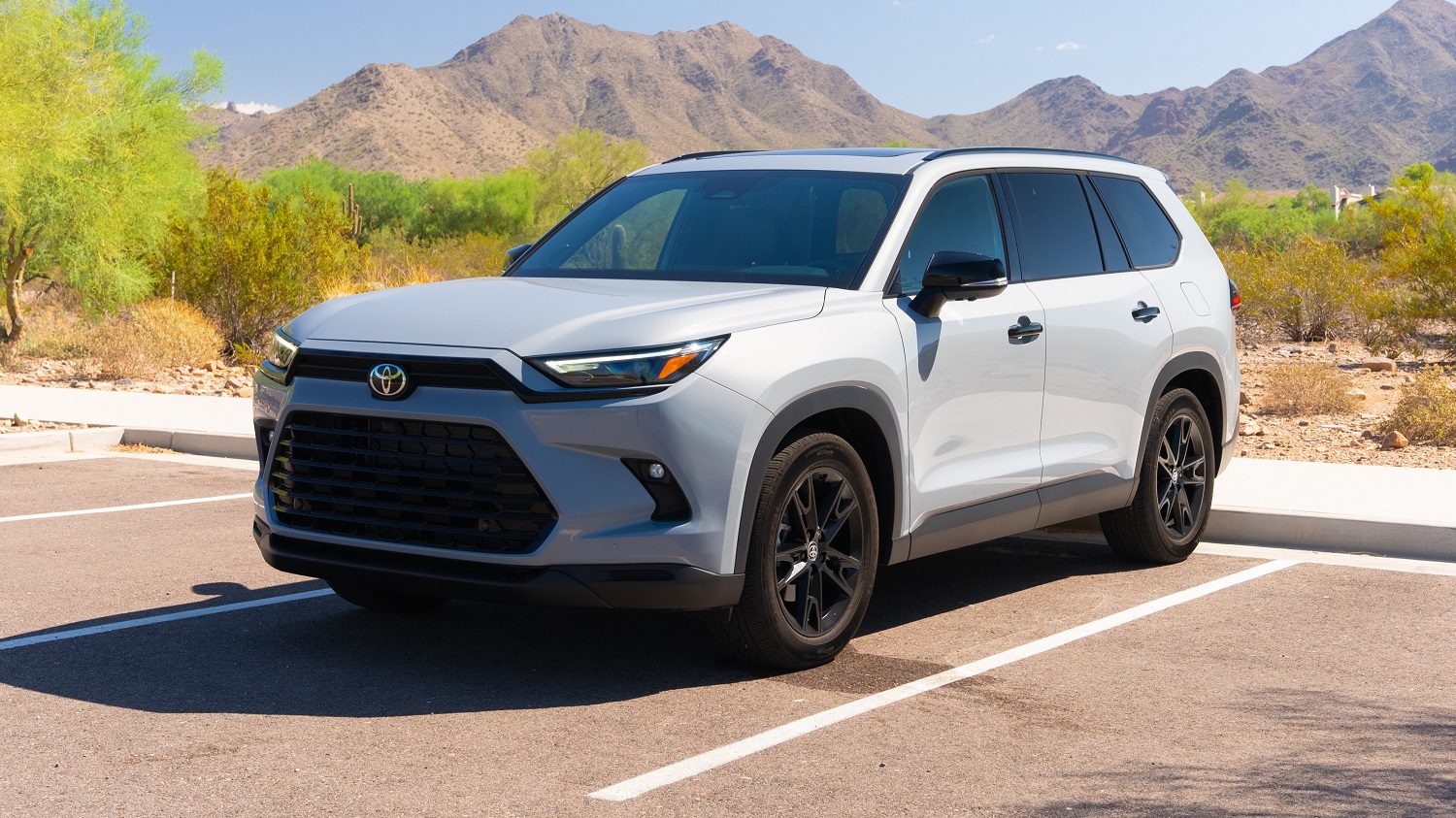
The Highlander has been a part of Toyota’s lineup since the early 2000s. Its three-row Grand Highlander sibling is one of the more recent additions to the three-row SUV segment, having entered the market as a 2024 model. For 2025, Toyota added a value-focused LE trim level and, as it’s done with many of its vehicles in the past, a Nightshade variant. Based on the Limited model, the Grand Highlander Hybrid Nightshade has a starting price of $52,610 and comes standard with LED daytime running lights and fog lamps, power folding mirrors, 20-inch wheels, leather interior with heated/ventilated front seats and heated second-row seats, 12.3-inch screens for the gauges and infotainment system, and 11-speaker JBL audio system. The Nightshade model blacks out the exterior trim and the wheels, and locks in a Black leather interior with Matte Gray Metallic door trim panels and standard second-row captain’s chairs. My test vehicle was equipped with the optional Panoramic View Monitor, Panoramic Roof, wheel locks, and carpet floor and cargo mats, which raised its as-tested price to $56,818.
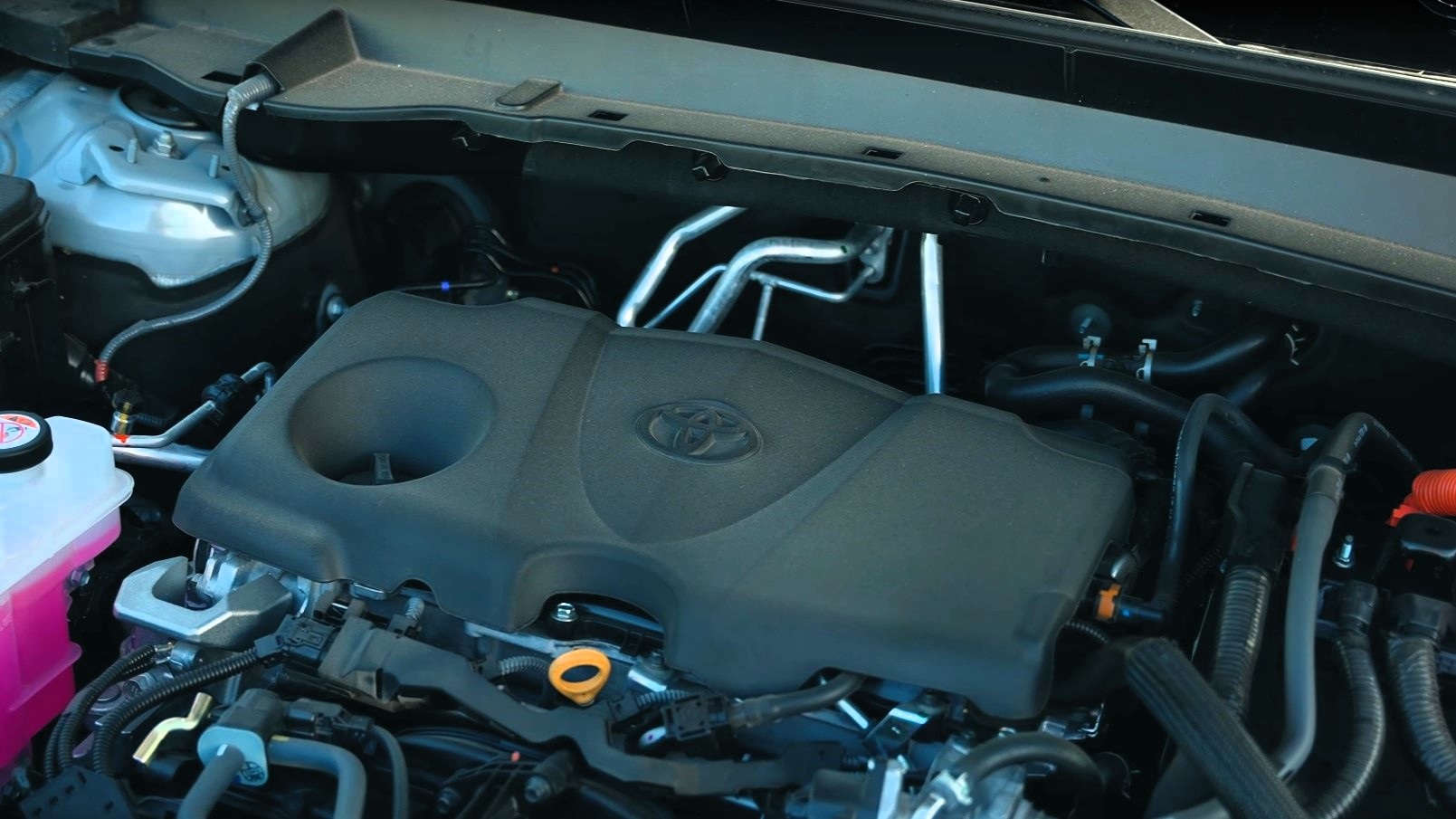
Toyota offers two gas/electric versions of the Grand Highlander: the base hybrid setup and the more powerful Hybrid Max configuration. The Nightshade is exclusively powered by the milder combo, which consists of a 2.5-liter DOHC four-cylinder engine, permanent magnet synchronous electric motor, and 5-Ah nickel–metal hydride battery pack. Net output is 245 horsepower and 175 lb-ft of torque. An ECVT transmission and an electronic on-demand all-wheel drive system, which engages the rear axle’s electric motor when more traction is needed, convert those numbers into forward motion.
On the road, the Grand Highlander was predictable and pleasant, though not stimulating. There were no surprises to it, good or bad. I didn’t expect it to feel athletic, so I wasn’t let down by the brake pedal’s stiffness and lack of feel. The hybrid power plant delivered adequate acceleration, but the coarse sound of the I4 implied it wasn’t happy about doing it—perhaps that explains the fuel economy. According to the EPA, the Nightshade can return up to 36 mpg in the city, 32 on the highway, and 34 combined. My colleagues and I averaged a slightly disappointing 32.7 mpg over 407.5 miles.
Despite essentially being a stretched version of its sibling model, the Grand Highlander wasn’t ungainly. The combination of its Cement paint and Nightshade accents gave it a certain sleekness and brought to mind the 2025 Lexus TX 350 F Sport Handling I reviewed earlier this year.
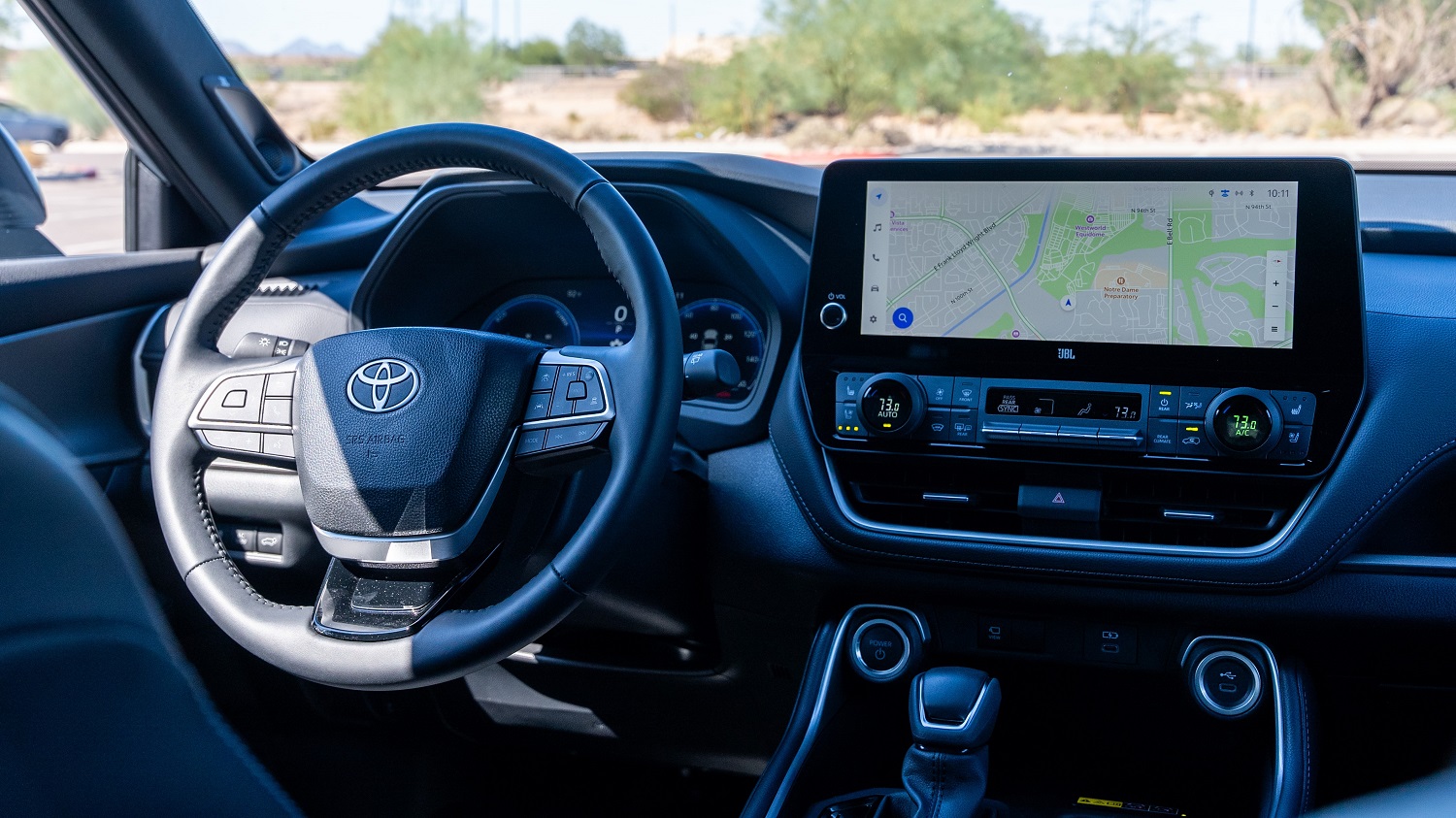
The largely black interior was less visually dynamic, but nicely equipped. The gauge and infotainment screens were generously sized, although the wireless Apple CarPlay connection kept dropping—an experience I’ve had in multiple Toyota test vehicles. Fortunately, the JBL audio and the HVAC systems had simple dials and buttons that were laid out well and easy to reach. Storage areas in the first row were abundant.
In the second row, the captain’s chairs could be manually slid, tilted, and folded. I didn’t have to make many adjustments to the one behind the driver’s seat to see that there was plenty of room for someone my five-foot-ten height. When my mother-in-law rode back there, she had the controls for her heated seat and the second-row climate zone, as well as various charging options, at her fingertips.
Not all three-row SUVs are built equal. Many of them have space in the very back that’s only fit for children. I had a feeling that that would be the case with the Grand Highlander, so I was pleasantly surprised to discover how roomy the reclining third row was. Although the height of the floor raised my knees slightly, I had enough legroom to sit behind the driver-side second-row captain’s chair after it was adjusted to my height. I also had plenty of headroom—something that was lacking in the larger 2025 Sequoia 1794 Edition.

In a way, the Grand Highlander is a “trendy” vehicle, but Toyota’s choice to follow the trend of three-row SUVs led it to making something functional, not purely fashionable. The Grand Highlander is a three-row SUV sized for everyone, whether it’s a family with small children or a group of adult friends.
My colleague Luke Lamendola also drove the 2025 Toyota Grand Highlander Hybrid Nightshade, so check out his video review below.
Click above and watch our full video review on YouTube!
This video is sponsored by Legendary Car Protection. Car ownership today comes with high expectations and high risks. A well-designed Vehicle Service Contract not only protects your finances, but also ensures your vehicle receives the care it deserves – no matter how iconic, rare, or routine it may be. To explore tailored protection options for your specific vehicle, visit LegendaryCarProtection.com.

